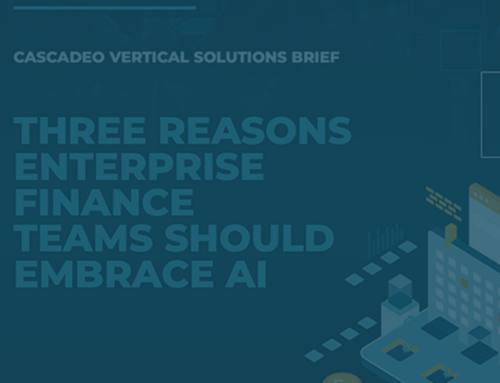Determining Which Cloud Vendor Best Suits Your Needs
Deploying or migrating business resources to the cloud can be a challenging task and it is important that the people in charge have enough knowledge on which service(s) would suit them. As a business, how will you know which cloud platform(s) and migration strategy to select? As a trusted advisor to the business, how will you guide customers through that decision-making process? In this article, we give out essential tips from our years of experience with cloud implementations that will point you towards the right direction. Step 1: Begin with a broad listing. Some examples of the cloud service providers you can include in the list are AWS, GCP, Azure, NetApp Cloud, Kubernetes, etc. At this point, don’t shoot down any provider yet but just lay them all out like cards on a table. This will be handy in the next step. Step 2: Eliminate and narrow down your options using these key questions. The goal should not be to qualify – it should be to find reasons to eliminate options as early as possible. Provided below are some questions that could help in eliminating the resources which does not fit the customer’s business requirements.
Are there business-level constraints or desires?
Some companies may not wish to use certain cloud platforms/vendors for other reasons. There may be regulatory constraints (GDPR etc.) that also affect this business-level analysis. The customer may also have a particular preference in the brand and this is also a huge factor. The customer’s preferences must be a priority so if they are leaning towards a specific provider, consider that as a top constraint.
Is it important to be able to move between cloud platforms?
If it’s not that important, it’s a faster fix for the short-term. But you may be making a decision that can be difficult and expensive to change later. If you want to preserve this option, the cost and complexity of your implementation may be increased non-trivially. Generally speaking, picking one platform is better, faster, cheaper and easier to maintain.
Are you willing to invest in thoughtful migration through automation, or are you fully convinced that a bulk lift-and-shift workload migration is the right next step?
For the former, study existing reference deployment automations provided by vendors like AWS and Microsoft; there may be canned solutions that can be deployed instantly at near-zero cost. If you are leaning towards the latter, it is important to understand the motivation and thought process behind this decision. There are a few legitimate cases for lift-and-shift, but 9 times out of 10, it is a losing strategy in the long run. If they are going to do it anyway, and their real goal is to cram down costs, we would suggest using something like RISC Networks to do the pre-migration assessment work.
Who is going to operate the system?
If you buy SaaS, someone else does all of it. Generally speaking, this is the best-case scenario. Leveraging cloud platform PaaS features carries much of this same benefit, but like SaaS, more closely ties you to a vendor – making it potentially harder to move later. The least desirable option is running IaaS or an on-premise data center. Sometimes this cannot be avoided – the need to support legacy applications often drives IaaS consumption for business. In that scenario, automating the deployment and configuration of the solution is of utmost importance. Manually building/deploying a system as a one-off is not a strategy for long term success; lift-and-shift is essentially a form of that bad practice. If the customer has not considered a cloud MSP, that is an important consideration and one that will narrow the field of qualified platforms.
Step 3: Differentiate further among your options. This depends on whether or not the customer intends to leverage platform services, or is leaning towards pure IaaS / hosting. If they are just lift-and-shift or relocating VMs or hand-building VMs one by one on IaaS, there really isn’t much of a meaningful difference. IaaS is (more or less) IaaS anywhere you park it. There are two instances where these differences become important: platform-specific features/functionality and automation. It is hard to argue with the breadth, depth, rate of innovation, and track record of AWS. Even companies that are moving to Office365 often will pick AWS as their platform. On the other hand, some companies go all-in with Azure because they have a bunch of use-it-or-lose-it credits baked into their larger contracts with Microsoft. Azure also pairs nicely with O365, making it a solid option for Microsoft-centric companies. In this particular context, GCP is the outlier where they really shine with lower compute cost at extreme scale and their best-in-class data analytics platform technology. Specific to Infrastructure as a Service (IaaS), cloud providers seem to provide the same set of advantages. Any workload that will work on one public cloud environment should ideally work on the other. The differentiators lie in the overall customer experience which covers performance, applications and services available on the platform (e.g. Spotify or Netflix on Globe is synonymous to SAP, Oracle, and SQL on AWS, Azure, Globe Cloud platforms).
The Lowdown
Once you have done all these, you have done the main homework in driving down to the best possible option for your use case. It may be possible that your needs will change over time, and it’s best to keep this selection framework as one of your references. If you are still stumped with the decision making, you can ultimately choose to employ capable managed service providers like Cascadeo Corporation. Contact us today to learn how we can help you in your cloud-based infrastructure requirements.




